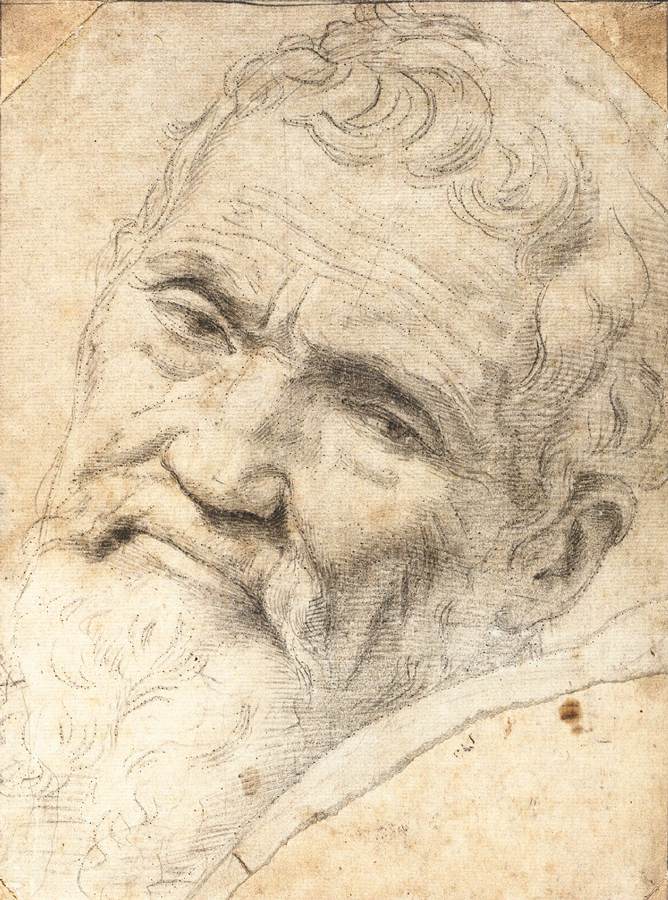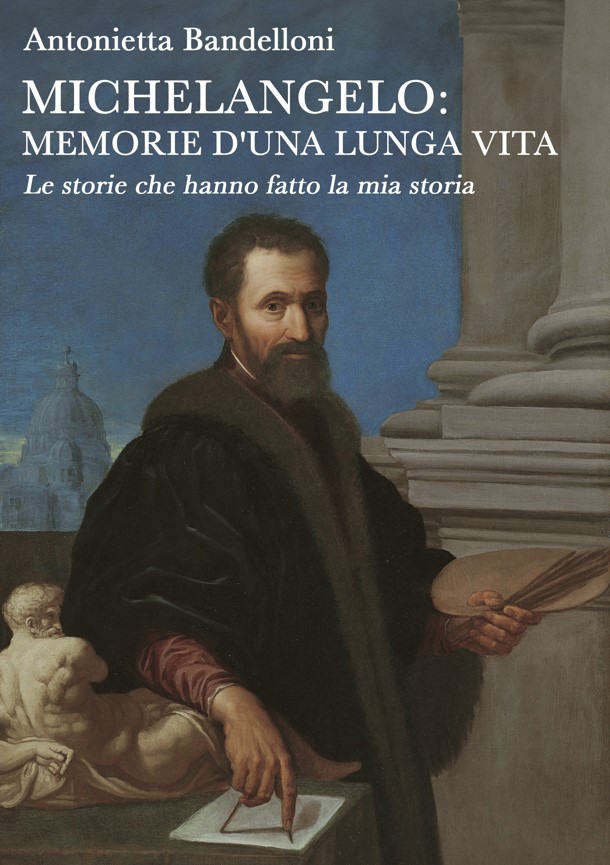La Scultura del giorno: Psiche con la farfalla di Pradier
La Scultura del giorno che vi propongo oggi è Psiche, scolpita da James Pradier a Roma fra il giugno del 1823 e lo stesso mese dell’anno successivo.
Molto probabilmente a fare da modella per l’opera fu Marianne Brun, moglie del commerciante francese Perret. Lo scultore scelse di scolpire Psiche che, secondo la mitologia greca, era una principessa di tale bellezza che la gente cominciò a venerarla come una dea, attirando l’ira di Afrodite.
Per punirla, la dea ordinò a suo figlio Eros di farla innamorare del più vile degli uomini. Lui però rimase folgorato dalla bellezza di Psiche e se ne innamorò perdutamente. Ogni notte, al buio, la visitava affinché lei non potesse vedere il suo aspetto divino e le proibì di rivelare la sua identità a chiunque.
Psiche, spinta dalle sorelle invidiose, disobbedì e una notte, con l’aiuto di una lampada a olio, illuminò il volto del dio dormiente. Una goccia d’olio caldo cadde sulla spalla di Eros, che si svegliò furioso e la abbandonò.
Psiche, disperata, vagò per il mondo alla ricerca del suo amato. Affrontò numerose prove imposte da Afrodite, tra cui la selezione di chicchi di grano da un enorme mucchio, il recupero di lana d’oro da pecore feroci e il viaggio nell’Ade per ottenere un unguento dalla dea Proserpina.
Superate tutte le prove con coraggio e perseveranza, Psiche ottenne il perdono di Afrodite e poté finalmente congiungersi con Eros. Come simbolo del loro amore immortale, Zeus le donò l’immortalità e le diede ali di farfalla, permettendole di volare verso il suo destino divino.
Psiche viene dotata di ali di farfalla nelle sue raffigurazioni oppure, come fece Pradier, associata all’insetto.
Le sue ali rappresentano l’anima di Psiche, libera di volare dopo aver superato le prove e raggiunto l’amore eterno. La farfalla perà è associata anche alla bellezza effimera, un richiamo alla fugacità della vita e alla necessità di cogliere l’amore quando si presenta. La sua danza leggiadra rappresenta l’unione tra Psiche ed Eros, due anime che si elevano verso l’immortalità.
La scultura di Psiche fu esposta da Pradier al Salon di Parigi del 1824 e acquistata con decisione ministeriale dallo stato francese il 29 marzo del 1825.
James Pradier fu uno scultore di spicco fra il Neoclassicismo e il Romanticismo. Nacque in Svizzera nel 1790 ma visse per la maggior parte della vita in Francia. Vinse il prestigioso Prix de Rome nel 1813, che gli permise di ottenere un periodo di formazione presso l’Accademia di Francia a Roma. Al suo ritorno a Parigi ottenne grande successo e commissioni importanti.
Nel 1828 Pradier venne nominato professore di scultura presso la Scuola di Belle Arti di Parigi e nominato cavaliere della Legion d’Onore, consolidando la sua posizione di artista affermato.
Maggiormente apprezzato per la raffigurazione di soggetti mitologici e storici idealizzati, pose grande attenzione alle anatomie e alla bellezza formale.
La scultura di Psiche è esposta al Louvre presso il dipartimento di Sculture del Medioevo, del Rinascimento e dell’Età Moderna.
Per il momento il sempre vostro Michelangelo Buonarroti vi saluta dandovi appuntamento ai prossimi post e sui social.
Sculpture of the day: Psyche with the butterfly by Pradier
The Sculpture of the Day that I propose to you today is Psyche, sculpted by James Pradier in Rome between June 1823 and the same month of the following year…
Most likely the model for the work was Marianne Brun, wife of the French merchant Perret. The sculptor chose to sculpt Psyche who, according to Greek mythology, was a princess of such beauty that people began to venerate her as a goddess, attracting the wrath of Aphrodite.
To punish her, the goddess ordered her son Eros to make her fall in love with the vilest of men. However, he was struck by Psyche’s beauty and fell madly in love with her. He visited her every night in the dark, so that she could not see her divine appearance. He also forbade her from revealing her identity to anyone.
Psyche, pushed by her envious sisters, disobeyed and one night, with the help of an oil lamp, she illuminated the face of the sleeping god. A drop of hot oil fell on Eros’ shoulder, who woke up furious and abandoned it.
Psyche, desperate, wandered the world in search of her beloved. She faced numerous trials imposed by Aphrodite, including selecting grains of wheat from a huge pile, retrieving golden wool from wild sheep, and traveling to Hades to obtain an ointment from the goddess Proserpine.
Having overcome all the tests with courage and perseverance, Psyche obtained Aphrodite’s forgiveness and was finally able to join Eros. As a symbol of their immortal love, Zeus granted her immortality and gave her butterfly wings, allowing her to fly towards her divine destiny.
Psyche, just as Pradier did, is often associated with a butterfly. Her wings represent the soul of Psyche, she is free to fly after overcoming trials and achieving eternal love. However, the butterfly is also associated with ephemeral beauty, a reminder of the fleeting nature of life and the need to grasp love when it presents itself. Her graceful dance represents the union between Psyche and Eros, two souls that rise towards immortality.
The sculpture of Psyche was exhibited by Pradier at the Paris Salon of 1824 and purchased by ministerial decision by the French state on 29 March 1825.
James Pradier was a leading sculptor between Neoclassicism and Romanticism. He was born in Switzerland in 1790 but lived most of his life in France. He won the prestigious Prix de Rome in 1813, which allowed him to obtain a period of training at the French Academy in Rome. Upon his return to Paris he achieved great success and important commissions.
In 1828 Pradier was appointed professor of sculpture at the School of Fine Arts in Paris and knight of the Legion of Honour, consolidating his position as an established artist.
Most appreciated for the depiction of idealized mythological and historical subjects, he paid great attention to anatomy and formal beauty.
The sculpture of Psyche is exhibited in the Louvre in the department of Sculptures of the Middle Ages, the Renaissance and the Modern Age.
For the moment, your always Michelangelo Buonarroti greets you and will meet you in the next posts and on social media.

Sostienici – Support Us
Se questo blog ti piace e ti appassiona, puoi aiutarci a farlo crescere sempre più sostenendoci in modo concreto condividendo i post, seguendo le pagine social e con un contributo che ci aiuta ad andare avanti con il nostro lavoro di divulgazione. . ENGLISH: If you like and are passionate about this blog, you can help us make it grow more and more by supporting us in a concrete way by sharing posts, following social pages and with a contribution that helps us to move forward with our dissemination work.
8,00 €
-

Notte dei Musei: Visite Gratuite e a un euro
🇮🇹Torna la notte dei Musei. Sabato 18 maggio in molte città d’Italia e d’Europa i musei apriranno le porte ai visitatori fino a notte inoltrata ad accesso libero o al prezzo simbolico di un euro… 🇬🇧The Night of the Museums is back. On Saturday 18 May in many cities in Italy and Europe the museums…
-

Dieci domande all’artista Fabio Cuffari: Pittura e Disegno Contemporaneo dall’Inquietudine al Sacro
🇮🇹Torno a parlarvi di artisti contemporanei capaci di risvegliare i sensi più sopiti e di emozionare con le loro opere: Fabio Cuffari. Navigando in rete, mi son trovato dinanzi agli occhi il disegno di una Pietà angosciosa che riesce a penetrare fin sotto pelle per non andarsene più… 🇬🇧I return to talk to you about…
-

Il Dipinto del giorno: la Madonna della Seggiola di Raffaello e quella cornice non più originale
🇮🇹Il dipinto del giorno che vi propongo oggi, in occasione della Festa della Mamma, è la Madonna della Seggiola di Raffaello… 🇬🇧The painting of the day that I propose to you today, on the occasion of Mother’s Day, is the Madonna della Seggiola by Raphael…

















Meravigliosa, grazie!
"Mi piace"Piace a 2 people
:-* prego
"Mi piace"Piace a 2 people